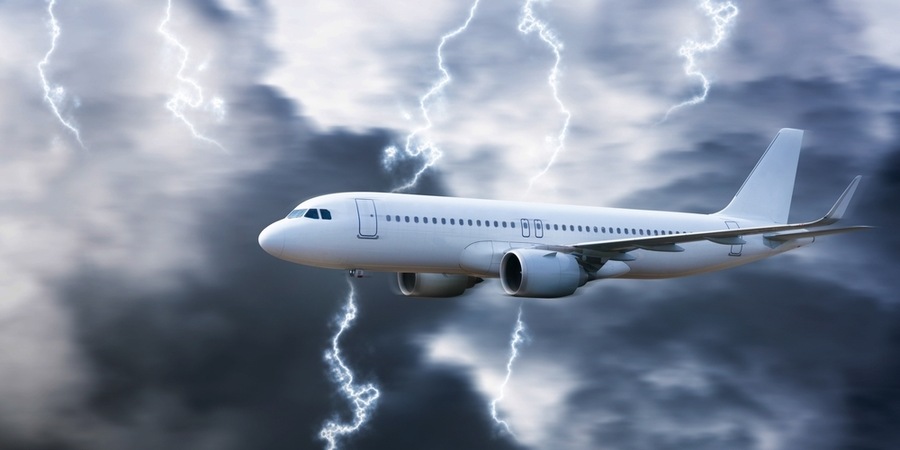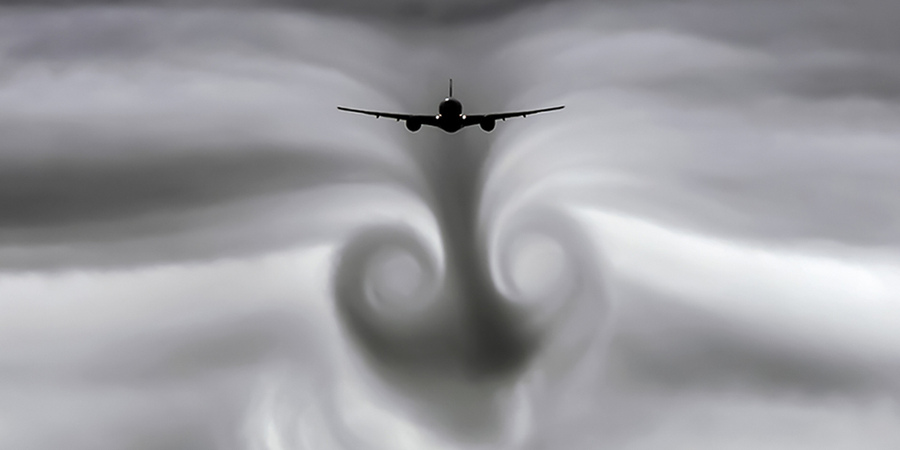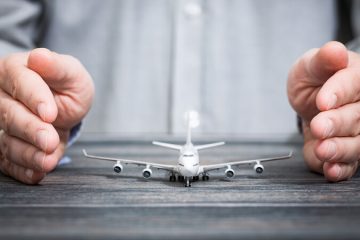Air travel can be a scary experience for some. The sudden increased air pressure during take-off can be anxiety-inducing. Even veteran flyers get the tingling feeling telling you that the ground is far far behind and below. One uncomfortable experience that flyers have to go through occasionally is turbulence.
Turbulence in flights is quite common during weather uncertainties, unpredictable wind changes, and other natural geological occurrences. Though it is a usual reaction to natural occurrences, the knowledge of it does not prevent a traveler from turbulence anxiety.
Turbulence in flight meaning
Defining Turbulence is quite straightforward, they are chaotic and irregular eddies of airflow which is caused by some natural or man-made disturbances to calm air. Rough air, as it is often called, occurs occasionally in patches around the world in flight paths and in general. When calm flows of air meet disturbances, like airflows with a different density, a mountain, or an airplane itself, it can become disturbed and be turbulent.
Turbulence in flight causes

There can be many causes of Turbulence, here are a few:
1. Storms
By far the most well-documented in mass media, storms are an obvious cause of Turbulence. They obviously cause unstable air currents to form and flow across a large area, resulting in turbulence in any flyers going through the area.
2. Thermal fluctuations
When different air currents with incompatible temperatures mix at high altitudes, they also create chaotic and irregular airflows which cause turbulence in planes when they fly through them. This is caused by uneven heating of the earth’s atmosphere by the sun and the air being in constant motion often comes in contact with much colder or warmer air than itself.
3. Wake turbulence
Wake turbulence is probably the most commonly occurring and most experienced type of turbulence. It occurs just after take-off or just before touchdown when a flight comes across the chaotic air current left by a previous flight’s take-off from the same air column. It is short-lived, not very extreme or dangerous at all. Most of the time, it is not even felt. However, larger wake turbulences have the potential to exist but are rare. The air is a slightly different pressure, temperature, and density, resulting from a previous flight moving through there at high velocities.
4. Wave turbulence
Wave turbulence generally occurs when flying over a significantly high mountain range. When fast-moving air currents hit a mountain range, they either bounce back or are deflected more vertically. This vertical column of air causes the aircraft moving through it to face turbulence. The intensity of the turbulence depends upon the height of the mountain and the speed of the air current. It is usually not the worst sort of turbulence but it has the capacity to cause anxiety and severe inconvenience to flyers.
5. Clear air turbulence
Clear Air Turbulence is just that, turbulence that has no clear cause and is surrounded by peaceful clear air. It usually comprises a small pocket of deceptively irregular air that can cause turbulence when flown through by aircrafts. They can be predicted and flown past with moderate accuracy by pilots but it is not an exact science as of yet.
Suggested Read: Top 7 Business Trip Safety Tips For Female Travelers
How to deal with turbulence on flights?

While natural, turbulence is not the most comfortable experience to go through. It can cause anxiety, lightheadedness, fainting, and worse in some passengers. Here are a few methods that can help tackle the worse off symptoms and stay relatively safe and normal.
1. Remember you are not likely to get hurt at all
Despite provocative headlines and paper covers, in a recent data analysis, it was found that around 730 million people travel over the air every year in the US and the average number of turbulence-related injuries is 33. And the injuries often happen to hosts and hostesses who are on their feet and to passengers who are not in their seats.
2. Remember to not fight the turbulence bumps and jerks
During turbulence, the pilots may be seeking smoother air to provide passengers with a more comfortable flight. Some autopilot systems have a turbulence mode that prevents the aircraft from attempting to fix the rough ride. It is perfectly natural to see the airplane’s wings move and bend almost unnaturally but it is perfectly normal.
3. Actual turbulence is not as bad as passengers feel
Turbulence may be frightening and dramatic, and passengers may believe their jet has plunged thousands of feet. This can be referred to as the “passenger embellishment factor.” And it’s almost never true. Even in the most extreme cases of turbulence, the flight never sways more than 40 to 50 feet away from a streamlined path. The effect seems multiplied as a passenger within the flight.
How to deal with turbulence anxiety?
Anxiety can be intimidating and tough to deal with and it comes from the feeling of having no control over the situation one finds themselves in. However, the experience can be made slightly better by remembering the following:
- Understand that flights are built to withstand the worst turbulences and complete the flight nevertheless.
- Pilots and airline staff are specially trained to deal with these types of situations and they are top professionals in their field.
- Practice deep breaths and meditation and try to distract the mind from the turbulence.
- Always remain seated and keep the seat belts on, even if the staff or the seat belt sign does not say so.
- Talk to the air hospitality staff to assist you if you are indeed feeling sick and need help.
Conclusion
Turbulence in flights is an inevitable reality of the flying industry and of our world as a whole. There is nothing wrong with feeling a little anxious or scared when dealing with it at great heights off the ground but it is important to remain calm and know the facts. The facts are that aircrafts and pilots are built and trained for this and turbulence rarely causes any issues to flights in the scheme of things. Anxiety is a natural reaction to turbulence but hopefully, the write-up helped readers to understand how to better tackle their uneasy feelings.
Suggested Read: Types of Airport Emergencies: Exploring Various Airport Issues
Turbulence In Flights FAQs
Are planes safe in turbulence?
Turbulence is quite common in the flying industry. The pilots are highly trained to handle the aircraft in case of turbulence. It can’t damage the plane or cause injury as long as passengers are following the instructions of the airplane crew.
How long can turbulence last?
The average period of turbulence is only around 10-15 minutes.
Are night flights less turbulent?
Yes, the night flights have less turbulence than the afternoon flights due to atmospheric heating.
Which seat of the plane is turbulence free?
No seats on the airplane are turbulence free, however if you want to choose the seat with least bumps, you should book seats up front or over the wing.



